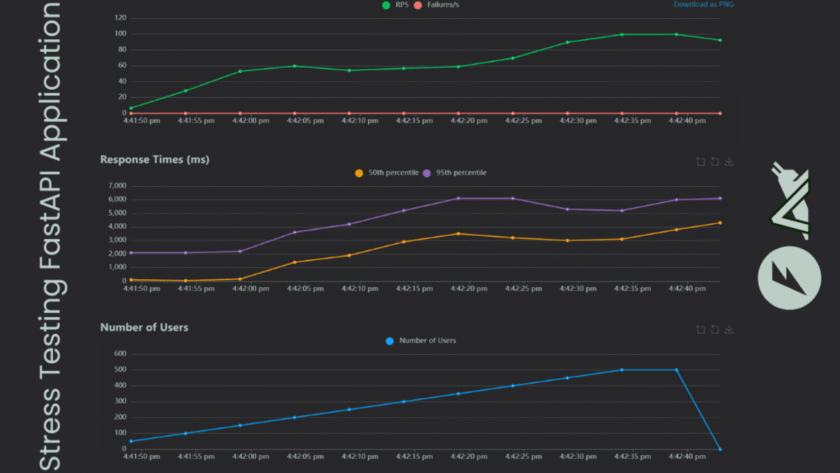Image by Editor | ChatGPT
# Introduction
Working with Python means relying on many of its built-in functions, especially for data science tasks. Popular functions like len, max, range, etc., are common in a data scientist's toolkit and useful in various situations. However, many built-in functions remain unrecognized because they are perceived as…

Contrastive Language-Image Pre-training (CLIP) has become important for modern vision and multimodal models, enabling applications such as zero-shot image classification and serving as vision encoders in MLLMs. However, most CLIP variants, including Meta CLIP, are limited to English-only data curation, ignoring a significant amount of non-English content from the worldwide web. Scaling CLIP to include…
How Deep Think works: extending Gemini’s parallel “thinking time” Just as people tackle complex problems by taking the time to explore different angles, weigh potential solutions, and refine a final answer, Deep Think pushes the frontier of thinking capabilities by using parallel thinking techniques. This approach lets Gemini generate many ideas at once and consider…

Embodied AI agents that can perceive, think, and act in the real world mark a key step toward the future of robotics. A central challenge is building scalable, reliable robotic manipulation, the skill of deliberately interacting with and controlling objects through selective contact. While progress spans analytic methods, model-based approaches, and large-scale data-driven learning, most…
Beyond KYC: The New Battleground for Revenue Acceleration Studies show that when onboarding lag stretches into days, insurers lose up to 25% of prospective group business, as brokers and buyers drop off in frustration. And while sector-wide data specific to group onboarding drop-off is limited, insurance backlogs are well-documented to hamper growth and damage retention.…
Image by Editor | ChatGPT
Products centered around large language models (LLMs), like ChatGPT or Gemini, have changed how developers work, making it easier to generate working code without a complete understanding of the underlying concepts. Tools like GitHub Copilot or Cursor show that AI can suggest effective code and boost developer productivity. However,…

In the domain of multimodal AI, instruction-based image editing models are transforming how users interact with visual content. Just released in August 2025 by Alibaba’s Qwen Team, Qwen-Image-Edit builds on the 20B-parameter Qwen-Image foundation to deliver advanced editing capabilities. This model excels in semantic editing (e.g., style transfer and novel view synthesis) and appearance editing…

Current AI benchmarks are struggling to keep pace with modern models. As helpful as they are to measure model performance on specific tasks, it can be hard to know if models trained on internet data are actually solving problems or just remembering answers they've already seen. As models reach closer to 100% on certain benchmarks,…

Amazon has reached a remarkable milestone by deploying its one-millionth robot across global fulfillment and sortation centers, solidifying its position as the world’s largest operator of industrial mobile robotics. This achievement coincides with the launch of DeepFleet, a groundbreaking suite of foundation models designed to enhance coordination among vast fleets of mobile robots. Trained on…

Image by Author
# Introduction
Stress testing is crucial for understanding how your application behaves under heavy load. For machine learning-powered APIs, it is especially important because model inference can be CPU-intensive. By simulating a large number of users, we can identify performance bottlenecks, determine the capacity of our system, and ensure reliability.…

